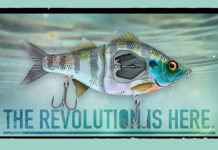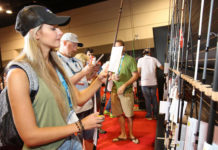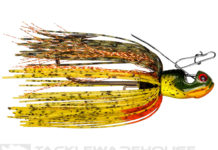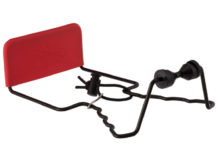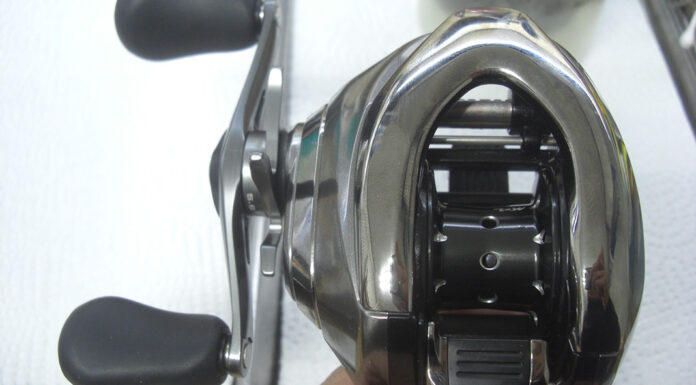
バス新製品情報
レインズUSA・C ポッドクリーチャー (C-Pod Creature)
去年の7月に ICAST2017 で発表された 少し話題になっていた ワーム。コペポッド クリーチャー は ミジンコのオバケ という意味。サイズは4インチのみで 5/0 フックがセット可能となっている。開発者の マイケルマーフィー は ガイドアングラー兼バイオロジスト。彼によると バスの幼魚が 一番始めに食べる餌が “ミジンコ” 類らしく、一定サイズになるまで 食べ続けるという 研究データ があるとの事。つまり 成魚になっても ミジンコ類 は バスにとっては 好物 のままであり続けるだろうという彼の仮説。そんなこんなで オバケミジンコ を製作したらしい。日本製 米国流通 オンリーとなっている。
[価格] $6.49 (6本入り)
[発売日] 12月 2017年
[製品情報] https://www.reinsfishing.com/
Lure designer, fisheries biologist, tournament angler and fishing guide Michael Murphy of Lexington, South Carolina knows much about zooplankton and fish larva’s critical dependency on this foundation of the fish’s food chain. He says, “I studied aquaculture research at Purdue University as a lab technician and undergraduate at the aquaculture facility for 2 years, as well as a field research assistant studying microbiology for a utilities company. In our Aquaculture research, all of our study fish, to be valid toward research publications, must have been hatched within the facility. You cannot hatch them elsewhere and bring them in. I learned, when you hatch something, you have to feed it. So we fed these hatchlings with zooplankton such as copepods, rotifers and daphnia. We found that certain fish species had a preference, and also that specific zooplankton live in specific environments – just like you wouldn’t find a largemouth living where a salmon lives and vice versa. So there are specific natural environments where you will find specific zooplankton in those environments. Whether it is a genetic preference or whatever it is, a copepod is more of a backwater, brackish zooplankton and studies have been done showing it is more appealing to largemouth- they prefer copepods. But even in the artificial lab environment, with largemouth hatched in labs, as in nature, it has been seen and documented repeatedly that a copepod is the preference of a largemouth bass in a controlled, aquaculture environment.”
©tacklewarehouse


